#fat whale
Text
Just look at me, i'm humongous! 😩 My rolls are so huge and my belly hangs so low! My shirt is a 3x and i don't know why i even keep trying to squeeze into them when i'm probably a 5x now 🥺😩
#glorify obesity#stuffed belly#obese#weight gain#female feedee#belly hang#bloated belly#feedee encouragement#belly kink#round belly#big tummy#fat whale#morbid feedee#getting fat on purpose#get me fatter#fat slob#morbidly obese#outgrown clothes#obese feedee#obese slob#extremely obese#glorifying obesity
533 notes
·
View notes
Text
If I wasn't already a fat pig then I would probably be a whale xD
#chubby#fat#fat belly#fat rolls#feedee belly#bhm#bhm weight gain#fat bhm#feederist#belly expansion#fat whale#fat pad#fat piggy#fatphobia#fat positive#cute belly#sexy belly#fat moobs#moobs#strech marks#jiggly tummy#so jiggly#fattening myself#get me fatter#fat cutie#cute fatty#fatty belly#looking for a feeder#feed me#feeding kink
409 notes
·
View notes
Note
pushing your whale of a body when i know full and well it’s struggling. when i have to turn you onto your side to clean you up from the night before but your ballooned arms and side fat are so goddamn heavy we both know you can’t handle laying this way. watching you gasp like a fish out of water until i can get the job done and drop you back down. watching all of that weight come crashing down at once and hearing you groan from it once the air enters your poor lungs again to do so. stroking your fat face as you try to catch your breath only to decide i need you rolled onto the other side.
maybe i’ll leave you on your stomach, your belly so huge that your arms don’t even reach the ground when you’re laying on it. it’s much easier to grab your ass while i taunt you this way.
I LOVE having my ass played with, so laying me on my titanic belly so you can a good handful of my several square feet of ass fat sounds like heaven. You can be gentle, or just have your way with me. I don't need to breathe when I'm being cleaned up. I'm just so thankful someone is doing it for me. I'll be your blubberfuck whale to do with as you please <3
#feedee girl#glorify obesity#fatty piggy#feeding kink#trans feedee#feedee belly#fat kink#death feederism#gaining weight on purpose#death feedee#immobility#immobile#blubberfuck#fat whale#fatty getting fatter#fat ass worship
15 notes
·
View notes
Text

So excited for the nice weather to be back! I love finding secluded spots where I can work on my all over tan 🤭
310 notes
·
View notes
Text
Get pins, stickers, shirts, and more! 🐋
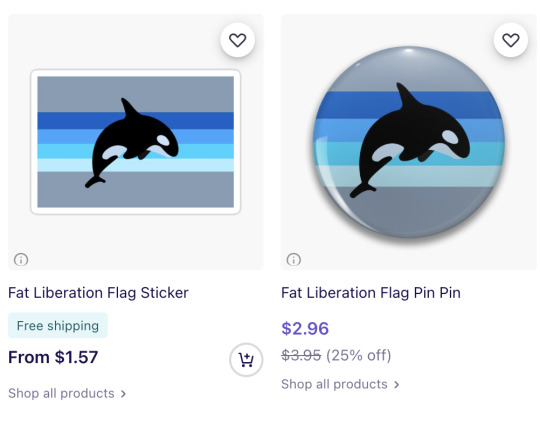
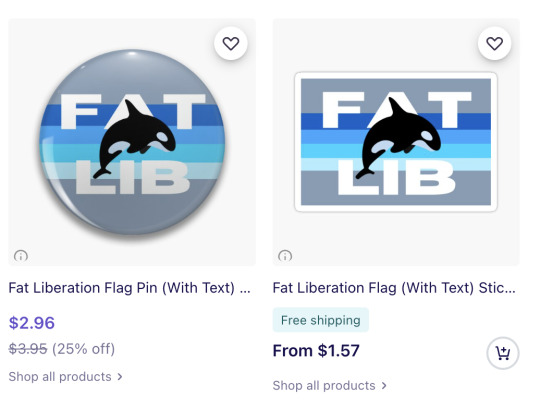
This is my first draft of a fat liberation pride flag. The four shades of blue stripes represent the four categories of fatness, with infinifat first. The grey background is a nod to the grey in the disability pride flag, which represents the mourning and rage for victims of ableist violence and abuse. I included this because our movements are intertwined. The orca symbol represents power, community, majesty, resilience, and most of all, the struggle for liberation.
And isn’t it punk as fuck to embrace the whale label by intentionally using the killer whale?
#fat liberation#fat acceptance#fat activism#fat positive#fat positivity#body positive#body positivity#body posi#body positivity movement#orca#orca whale
178 notes
·
View notes
Text


The archeocete Perucetus colossus dives through a coastal bloom of jellyfish in the Pisco Basin (southern Peru), some time during the Eocene (with bonus multiview).
I originally intended to add epibionts to this reconstruction (reflecting the specialized communities found on many living whales, especially baleen whales). Yet, interestingly, it appears that most animal epibionts and ectoparasites of modern cetaceans, such as whale barnacles (Hayashi et al. 2013) and remoras (Friedman et al. 2013), only appeared in the Neogene or late Paleogene, or have a poorly known (co-)evolutionary history, like whale lice (Pfeiffer 2009, Iwasa-Arai & Serejo 2018) and pennellids (large parasitic copepods) (Hermosilla et al. 2015). So, no epibionts* for big lad Perucetus!
References and notes about the reconstruction:
*animal epibionts. Unicellular eukaryotes like diatoms were most likely present on early cetaceans, given their prevalence on modern large marine animals (Ashworth et al. 2022). Of course, it is possible that other animals (i.e., early, less specialized representatives of modern groups, or different taxa altogether) were also already exploiting the surfaces offered by these early whales; however, this remains entirely speculative.
The reconstruction of Perucetus proposed in its original description (Bianucci et al. 2023) includes some rather odd (if interesting) choices about soft tissues, including limbs with webbed and distinguishable fingers, and a manatee-like tail. While these choices might be defendable in light of the rather basal status of Perucetus among cetaceans, I opted for a more derived look based on the assumption that fully marine cetaceans like basilosaurids would have probably rapidly acquired hydrodynamically favorable adaptations, pushing them towards a more familiar Neoceti-like appearance (even though Perucetus itself was likely a poor swimmer (Bianucci et al. 2023), it seems likely to me that this was a secondarily acquired trait, given the less extreme morphology of other basilosaurids).
Reconstruction in the multiview scaled to ~18 m in length after the estimations of Bianucci et al. (2023).
References:
Ashworth, M. P., Majewska, R., Frankovich, T. A., Sullivan, M., Bosak, S., Filek, K., Van de Vijver, B., Arendt, M., Schwenter, J., Nel, R., Robinson, N. J., Gary, M. P., Theriot, E. C., Stacy, N. I., Lam, D. W., Perrault, J. R., Manire, C. A., & Manning, S. R. (2022). Cultivating epizoic diatoms provides insights into the evolution and ecology of both epibionts and hosts. Scientific Reports, 12(1), Article 1. https://doi.org/10.1038/s41598-022-19064-0
Bianucci, G., Lambert, O., Urbina, M., Merella, M., Collareta, A., Bennion, R., Salas-Gismondi, R., Benites-Palomino, A., Post, K., de Muizon, C., Bosio, G., Di Celma, C., Malinverno, E., Pierantoni, P. P., Villa, I. M., & Amson, E. (2023). A heavyweight early whale pushes the boundaries of vertebrate morphology. Nature, 620(7975), Article 7975. https://doi.org/10.1038/s41586-023-06381-1
Friedman, M., Johanson, Z., Harrington, R. C., Near, T. J., & Graham, M. R. (2013). An early fossil remora (Echeneoidea) reveals the evolutionary assembly of the adhesion disc. Proceedings of the Royal Society B: Biological Sciences, 280(1766), 20131200. https://doi.org/10.1098/rspb.2013.1200
Hayashi, R., Chan, B. K. K., Simon-Blecher, N., Watanabe, H., Guy-Haim, T., Yonezawa, T., Levy, Y., Shuto, T., & Achituv, Y. (2013). Phylogenetic position and evolutionary history of the turtle and whale barnacles (Cirripedia: Balanomorpha: Coronuloidea). Molecular Phylogenetics and Evolution, 67(1), 9–14. https://doi.org/10.1016/j.ympev.2012.12.018
Hermosilla, C., Silva, L. M. R., Prieto, R., Kleinertz, S., Taubert, A., & Silva, M. A. (2015). Endo- and ectoparasites of large whales (Cetartiodactyla: Balaenopteridae, Physeteridae): Overcoming difficulties in obtaining appropriate samples by non- and minimally-invasive methods. International Journal for Parasitology: Parasites and Wildlife, 4(3), 414–420. https://doi.org/10.1016/j.ijppaw.2015.11.002
Pfeiffer, C. J. (2009). Whale Lice. In W. F. Perrin, B. Würsig, & J. G. M. Thewissen (Eds.), Encyclopedia of Marine Mammals (Second Edition) (pp. 1220–1223). Academic Press. https://doi.org/10.1016/B978-0-12-373553-9.00279-0
#'a heavyweight early whale pushes the boundaries of...' blablabla you've all read it by now#i have nothing to add#it's fat#look at it#that is all#perucetus#cetacean#mammal#vertebrate#eocene#cenozoic#paleontology#palaeoblr#paleoart#my art
399 notes
·
View notes
Text
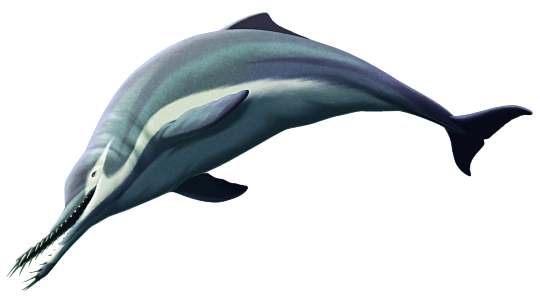
Nihohae matakoi was a dolphin that lived in the coastal waters around what is now Aotearoa New Zealand during the late Oligocene, about 25 million years ago. Part of a group known as waipatiids, it was much closer related to modern South Asian river dolphins than to modern oceanic dolphins.
Around 2m long (6'6"), it had unusually long tusk-like teeth at the front of its jaws, splaying out almost horizontally forwards and to the sides.
These teeth lay too flat to effectively interlock as a "fish trap", and their fairly delicate structure and lack of wear marks suggests they also weren't used for piercing large prey, sifting through gritty sediment, defending against predators, or for fighting each other. But Nihohae did have a highly flexible neck and the ability to quickly snap its jaws from side to side – although with a relatively weak bite force, suggesting it was primarily tackling small soft-bodied prey that could be easily swallowed whole.
Overall its feeding ecology seems to have been similar to modern sawfish, stunning prey such as squid with rapid slashing swipes of its jaws.
———
NixIllustration.com | Tumblr | Twitter | Patreon
#science illustration#paleontology#paleoart#palaeoblr#nihohae#waipatiidae#platanistoidea#dolphin#odontoceti#toothed whale#cetacean#whale#mammal#marine mammal#art#teeth#it's weird dolphin hours#fat torpedoes who scream to navigate
492 notes
·
View notes
Text

This picture shocked me, I can't believe how much it hangs. I think... I think I'm starting to get fat!
#fatty#feedee belly#get me fatter#fat belly#fat moobs#bhm weight gain#fat bhm#fat humiliation#fat piggy#bhm#beer gut#fat boy#beached whale#holy fuck#someone feed me im starving <3
148 notes
·
View notes
Text
Fat people and disabled people have the same inherent worth and dignity as anyone else. Neither group needs to “make up for” existing as they are. No matter how fat you are and no matter how disabled you are, you deserve to exist and to be happy and respected and cared for.
There is no level of fatness or disability that removes your inherent worth and dignity, or makes you into a joke or a tragedy. People who treat you as either, just for existing in your body, are bigots.
#fatphobia and ableism#are so interconnected they use so many of the same tools and in the same ways#anyways the whale is a disgusting and dehumanizing spectacle and if you think fat & disabled people need to be 'humanized' that way#you really really need to think about why you don't already see fat n disabled people as human#and why you think it's 'humanizing' to be made a joke and a spectacle and an object of disgust and pity#thatdiabolicalfeminist#fatphobia#ableism
1K notes
·
View notes
Text


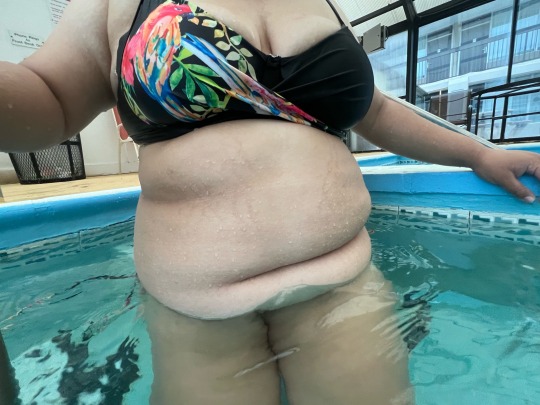

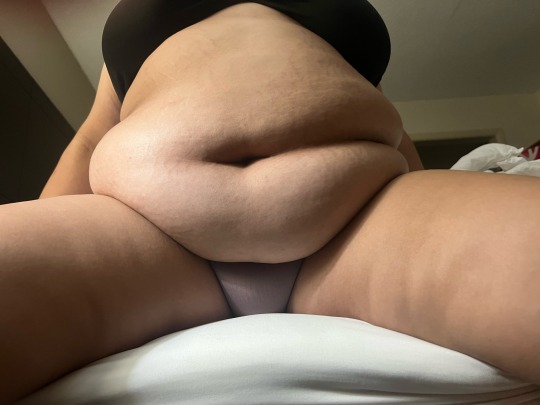
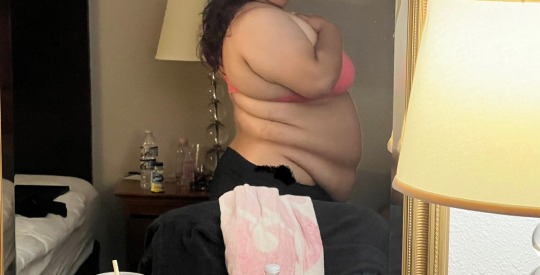
I should wear bikinis more often 🤭
If you listen closely, at the end of the video you can hear my belly slap the water 🙈
#belly hang#feed me#fattening up#weight gain#fat babe#jiggly fat#stretch marks#make me fatter#fat belly#fat piggy#bbwinthemaking#beached whale#bikini babe#fat girl in a bikini
203 notes
·
View notes
Text
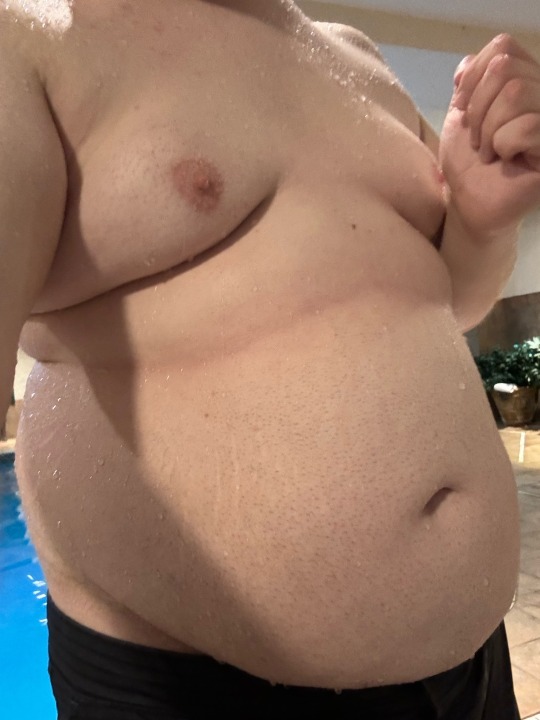
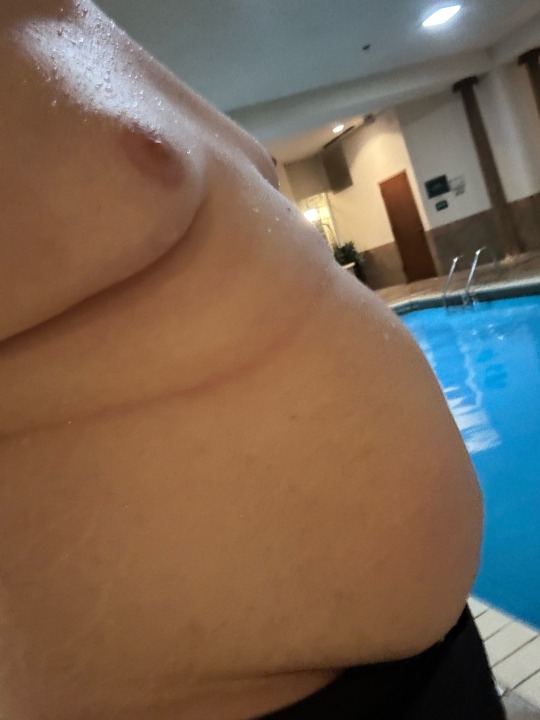


midnight pool belly ;3
wouldn’t a great place for a big fatty be in water? not needing to support your own weight…. No matter how big you get~
wanna help me test that? ;3
#chubby#gay chubby#fat belly#gaining#male feedism#male wg#fatboy#feedee belly#big tummy#swimming pool#whale#chubgay#bhm wg#wg#wg kink#fatfur#belly kink
88 notes
·
View notes
Text
i've blown up 😩 i can't believe this is a 3x! 😭
#stuffed belly#weight gain#female feedee#obese#bloated belly#feedee encouragement#round belly#big tummy#belly kink#gaining weight on purpose#belly hang#morbidly obese#fat cow#fat whale#glorifying obesity#glorify obesity
721 notes
·
View notes
Text

When a whale dies its body sinks to the ocean floor— this is called a "whale fall" and becomes home to a plethora of creatures. This newly created environment provides both food and shelter for its inhabitants!
This fun fact inspired my Whale Fall Goddess for Fat Craft Zine Vol. 3
#my art#marine life#marine biology#fat acceptance#fat art#fat liberation#artists on tumblr#whakefall#whale mermaid#whale#deep sea#aquatic#sea creatures#whale art#mermaid art#merfolk
289 notes
·
View notes
Text

Sweet life
He enjoys getting his lovers to spoil and pamper him in bed, he especially loves getting fed lots of sweet things and pleasured after.
140 notes
·
View notes
Text
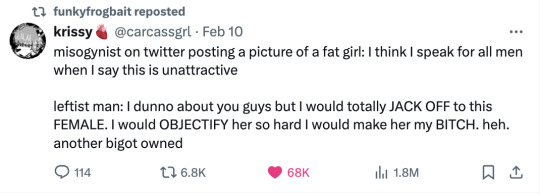
#as a fat chick I'm kissing OP on the mouth for posting this#being a fat woman on the internet always leads to a bad outcome#you're either treated like a subhuman whale or objectified#meanwhile conventionally attractive women are also objectified or slut-shamed for no reason#basically being a woman online sucks#fatphobia#fuck fatphobia#fave
65 notes
·
View notes
Text
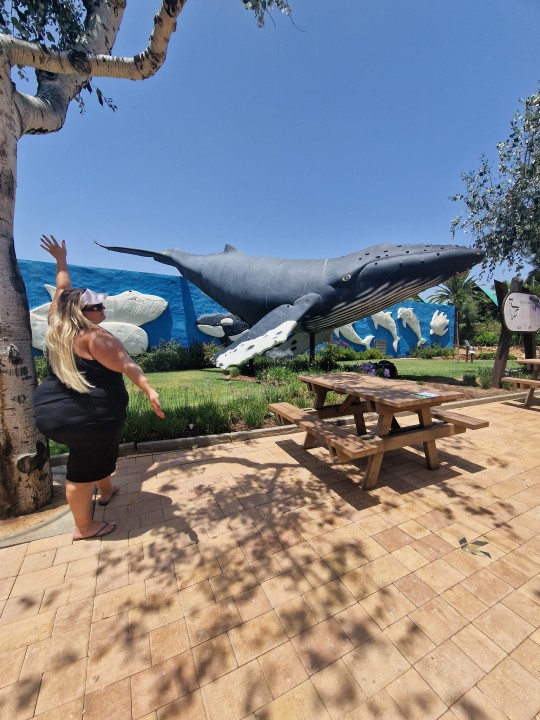
Find the differences... or the similarities! 😂🐳
#belly#belly expansion#cute belly#fat getting fatter#fat girls#fatass#feedee belly#feedee girl#feeder wanted#feedee encouragement#feedee goals#fatty#fat belly#fat piggy#wide ass#father#fatty piggy#whale#get me fatter#femme fatale#fat#belly gainer#gaining kink#i gained so much weight#gaining weight on purpose#gaining fat#piggy girl#obese piggy#feed me#feeding kink
169 notes
·
View notes